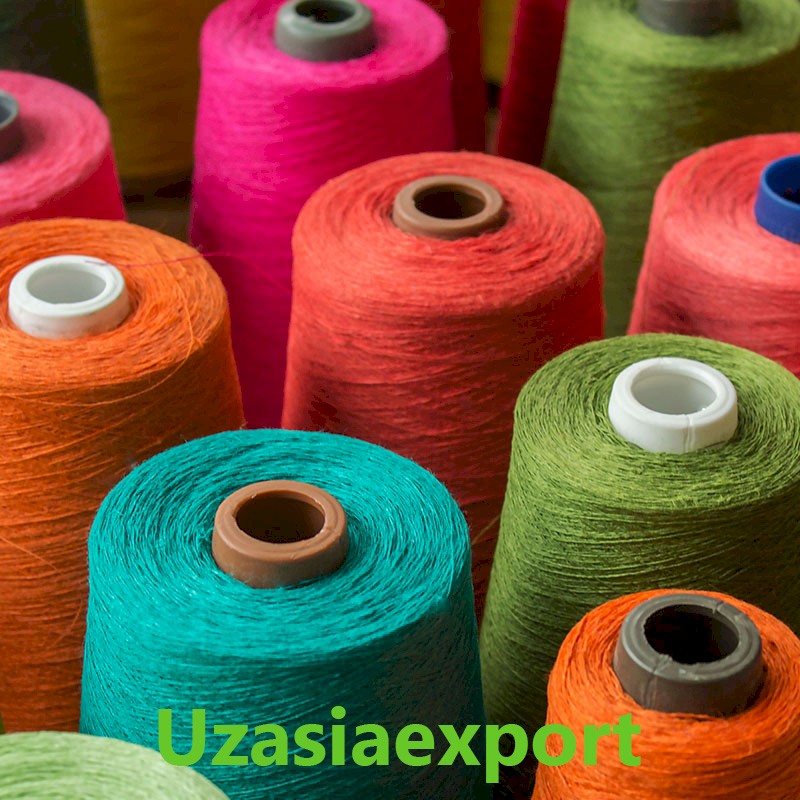Yarn
-
Product category:Textile
-
View (Varieties): Melange blended yarn
Small description
Purpose: Mixed combed/carded
Raw materials:
- cotton / polyester;
- cotton / modal;
- cotton / bamboo;
- cotton / viscose;
- cotton/acrylic;
- polyester / viscose
Fiber dyes: Active
Color: Enterprise color base map; according to physical pattern
Number of additions: from 2 to 8
|
Name of product |
Blended melange yarn |
|
Yarn count (Ne, Den, Tex) |
Ne12 - Ne 40/1 |
|
Spinning system |
Carded / Combed |
|
Spinning method |
Ring spinning/Pneumo-mechanical |
|
Package shape |
Tapered/cylindrical |
Blended yarn is a yarn that contains a mixture of natural and chemical fibers. For example, polyester and cotton in different proportions, such as PC 30/70, PC 40/60, PC50/50 (where P is polyester, C is cotton). The yarn is wear-resistant, so the blend with synthetic material helps keep the final product in shape and original appearance. It should be noted that the yarn with a predominant composition of natural fibers is hypoallergenic and does not cause skin irritation.
Advantages:
- Durability
- Tensile strength and wear resistance
- Smoothness and special softness
- Ideal for the production of elegant fabrics
Melange yarn is a thread of fibers of different colors or twisted yarn of threads of different colors. Those. yarn gets color before spinning...
First, fibers or threads are dyed, and only then yarn is made from them for knitting.
Melanging - mixing of raw cotton fiber with dyed in various colors, harsh or dyed chemical fiber with cotton. Different percentages of gray and dyed fiber in the mixture give a wide range of colors that cannot be obtained by dyeing. By mixing two or more components of different colors, you can get yarn of new colors with an interesting and original effect. Melange production is a production with a complete technological cycle, that is, a plant that includes a dyeing department, spinning, weaving and finishing factories. The range of yarn used in melange production is very diverse. As a basis, as a rule, twisted yarn in two additions is used. Weft yarn can be single and twisted. The range of linear densities of the produced yarn is very large - from 15.4 to 100 tex.
In melange production, the following varieties of carded yarn are used:
- melange, consisting of fibers of different colors. For example, mixing white and black fibers in various proportions can produce a range of shades of gray, and mixing a small amount of white and colored fibers can produce a fabric with a "sparkle";
- colored, obtained from cotton fiber dyed in one color;
- dyed, obtained by dyeing gray yarn;
- harsh, obtained from harsh cotton fiber;
- "jaspe", obtained from two rovings of different colors

